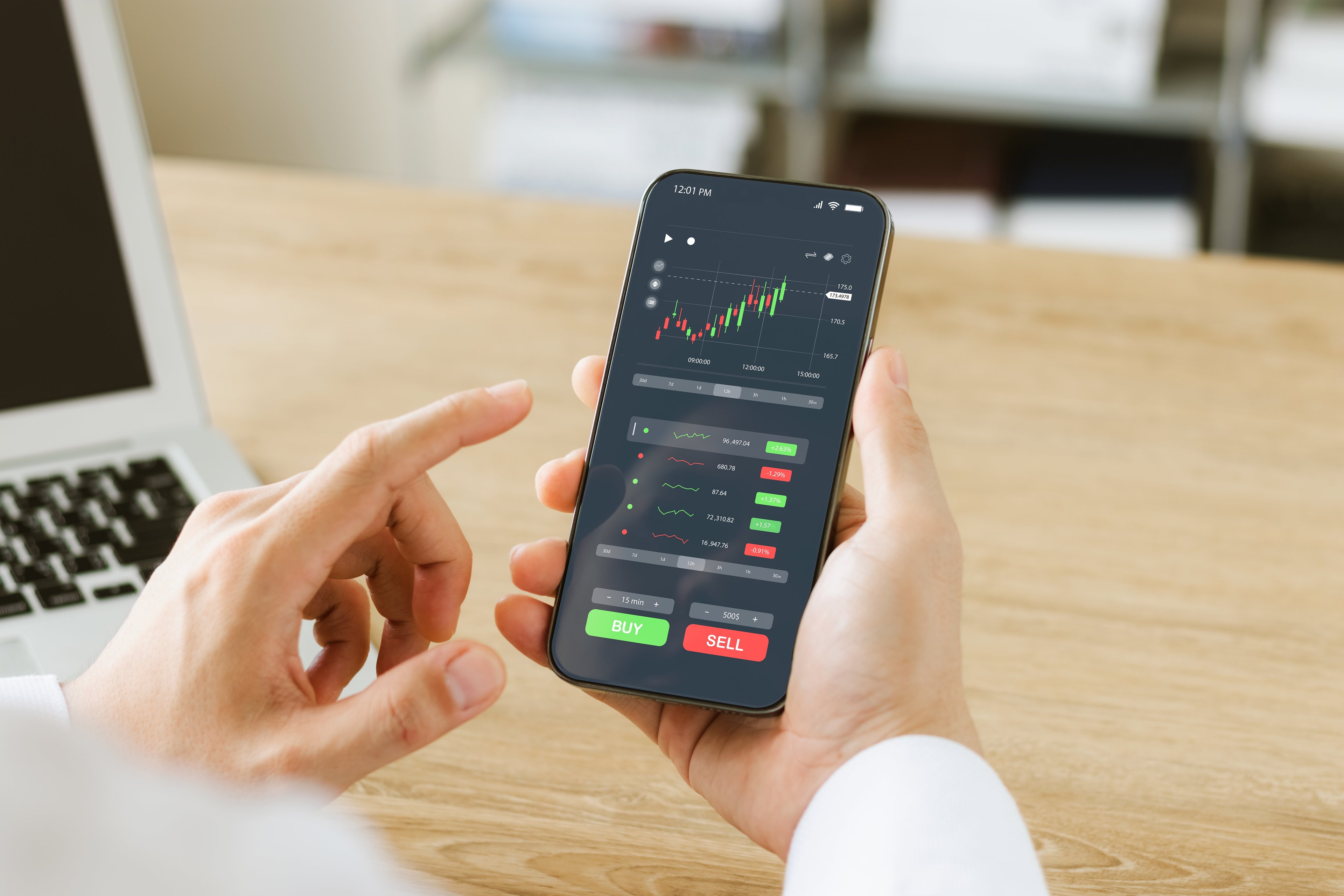Oil has popped in recent weeks, and in this clip from Industry Focus: Energy, Motley Fool analysts Sean O'Reilly and Taylor Muckerman explain what's behind the new highs, why U.S. inventory data has such a profound and imbalanced effect on the price of oil worldwide, and more.
A full transcript follows the video.
This video was recorded on July 20, 2017.
Sean O'Reilly: Before we head out here, we have to mention a couple of inventory draws out of Cushing here in the United States.
Taylor Muckerman: Yeah, attuned listeners might have noticed the price of oil is at a six-week high.
O'Reilly: Yeah. Brent over there on the London Mercantile Exchange, yesterday it closed up $0.86, 1.8%, closing just below $50. Oh my gosh, we're almost at $50 again, Taylor! Yay!
Muckerman: Whoo-hoo, almost.
O'Reilly: U.S. crude is about $47, always trades at a little bit of a discount. But that was because the EIA said that U.S. crude stocks fell 4.7 million barrels during the weekend of July 14; this exceeded estimates of a draw of 3.2 million barrels. Also of note that I actually wanted to highlight was, if you include inventories of all petroleum stuff, particularly gasoline in this case, inventories fell by 10 million barrels for the week, which is fun. When we were talking about this before the show, you were like, oh, seasonality. But on the other hand, does that 3.2 million that was anticipated factor that in?
Muckerman: Probably a little bit, yeah. They play the trends. But they were also way wrong on inventory builds over the last couple months.
O'Reilly: To your point, every time I see these, I'm like, aren't they cute?
Muckerman: Yeah. They expected a draw off a handful of weeks ago, and it was up. Inventory was up a couple hundred thousand, maybe a million barrels. So it's just surprising. Inventory data seems to be the only thing really driving oil prices up or down, because they're pretty staid when it comes to the window that they've been trading in, in the $40s.
O'Reilly: Right. And again, no matter what happens with oil, if it goes to $20 because of electric cars in five years or if it goes back to $70 or $80, no matter what, my opinion on U.S. traders focusing on U.S. inventory data, it's ridiculous. We have the only good data, and that's why they do it, but we're 15% of the global market.
Muckerman: We have the best data. It's not good data; it's the best data.
O'Reilly: We have the best data on a sixth. So who cares? You know?
Muckerman: They're happy. They're starting the second half of the year off on an upward trend after the energy commodities part of Goldman Sachs' commodity index was the worst performer of the first half. Down 11% in the first half of 2017. That includes gasoline, natural gas, gas oil, heating oil, crude oil, WTI and Brent, all of them in the negative.
O'Reilly: This was the worst-performing sector --
Muckerman: The worst performing sector of the Standard & Poor's Goldman Sachs Commodity Index, GSCI.





